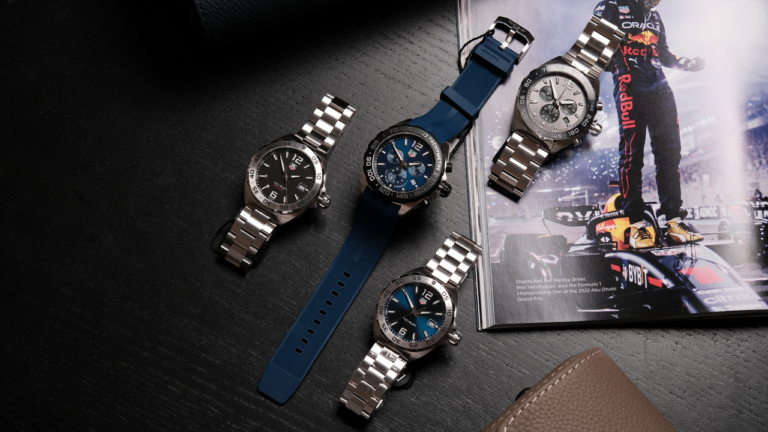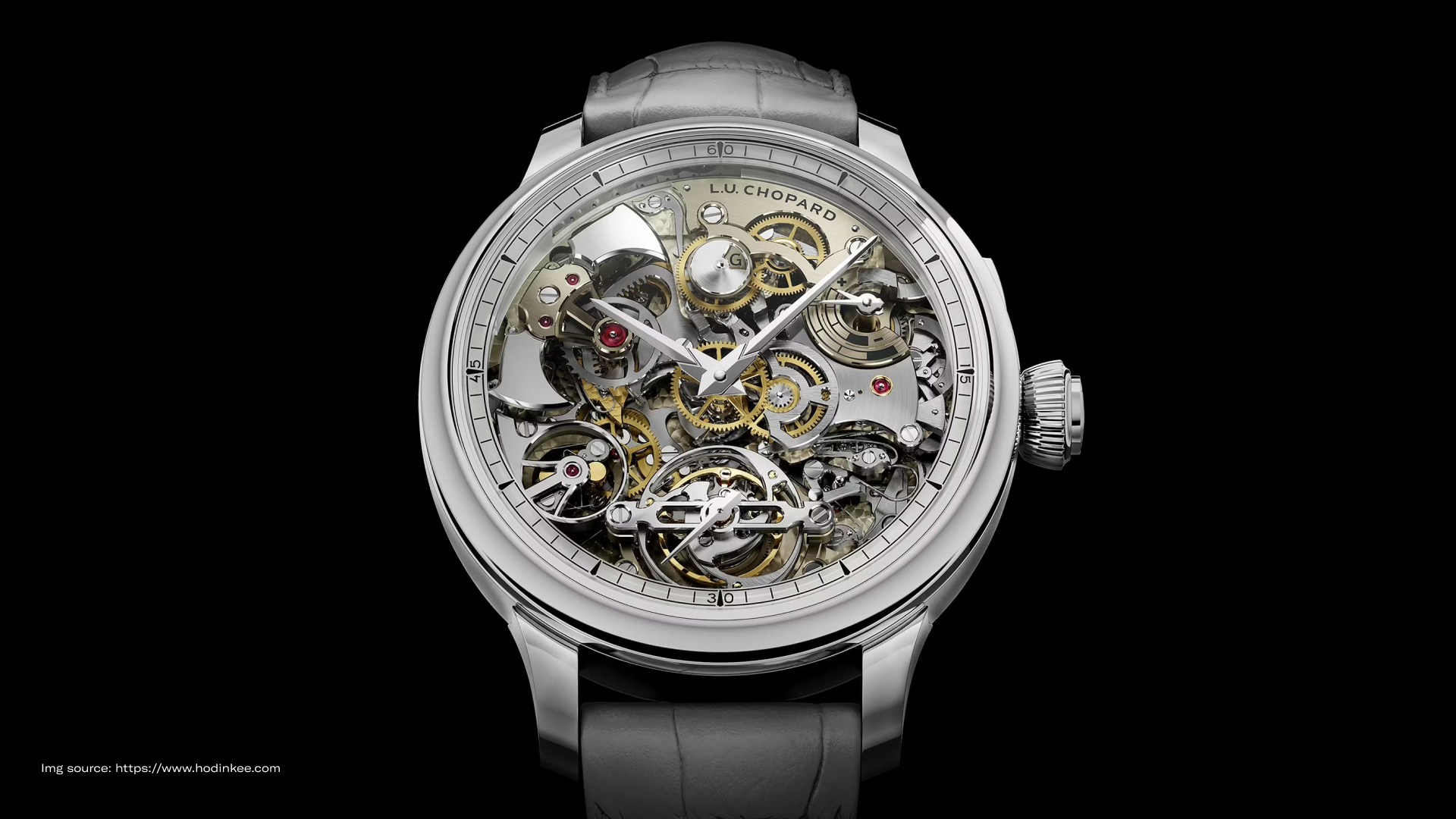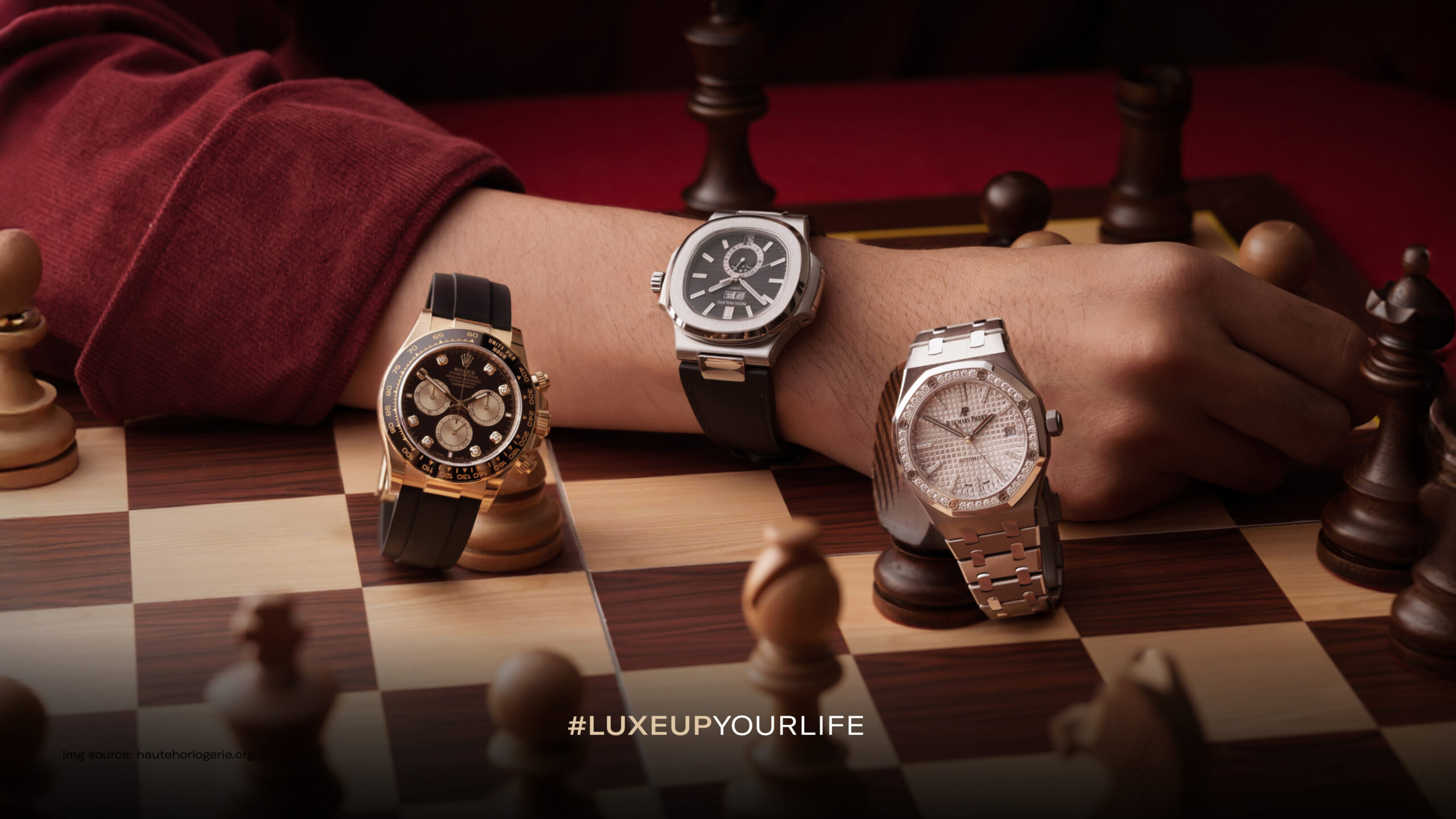How tight should a watch be? It’s a deceptively simple question that often divides even seasoned enthusiasts. A well-fitted timepiece is more than just a matter of comfort. It reflects attention to detail, personal style, and respect for the craftsmanship on your wrist. The ideal fit strikes a balance: snug enough to stay in place without sliding, yet loose enough to avoid pressure or restricted movement.
Whether you’re wearing a classic dress watch or a robust diver, finding the ideal fit ensures both elegance and practicality in every movement. Let’s delve more in this article.
Table of Contents
ToggleWhat Is The Rule of Thumb?
So, how tight should a watch be? Achieving the perfect watch fit isn’t just about aesthetics. It’s about balance, comfort, and wearability.
Before getting into adjustments and measurements, let’s begin with the basic guidelines every watch wearer should know.
The One-Finger Test: The Universal Rule of Thumb
When it comes to assessing how tight a watch should be, the one-finger test remains a trusted standard. Slide a single finger between your wrist and the strap or bracelet.
If it fits comfortably without excessive space, your watch is likely adjusted just right. But, if it’s too loose, the watch will rotate or slide. And if it’s too tight, you risk discomfort or restricted circulation.
This simple test works for most watch types and wrist sizes, offering a quick and effective gauge for everyday wear.
Why “Snug” Doesn’t Mean “Tight”
It’s easy to confuse a snug fit with a tight one, but the distinction matters. A snug watch hugs your wrist gently and stays in place throughout the day without causing discomfort.
A tight watch, on the other hand, feels restrictive, pressing into the skin, cutting circulation, or leaving lasting marks.
Think of a snug fit as a tailored suit: close to the body, yet allowing for natural movement and all-day comfort.
Read Also: Styling Session with Aldian Muhammad: Small Dial Watch Recommendations for Men
How to Check Your Watch Fit in 10 Seconds
You don’t need a ruler or sizing tool to determine if your watch fits well, just a few seconds and a bit of awareness. Here’s a quick, three-step check you can do anytime to make sure your timepiece is sitting exactly where it should.
1. Does the watch stay in place?
The first and most obvious sign of a good fit is stability. When your arm is relaxed or moving naturally, your watch should stay centered on your wrist, typically just above the wrist bone.
If it spins around, slides too far down, or flops with every movement, it’s too loose. On the other hand, if it feels like it’s pressing into your skin to stay put, it may be too tight. A well-fitted watch should feel secure, not restrictive.
2. Are there any marks or indentations?
After wearing your watch for a few hours, remove it and check your wrist. A light imprint from the strap or bracelet is normal, especially for metal links or snug leather.
But if you notice deep red marks, skin irritation, or any lasting indentations, it likely means the fit is too tight. Your watch should leave little to no evidence of wear once it’s off, because comfort should never come at the cost of circulation.
3. Can you move your wrist comfortably?
Flex your wrist up and down, rotate it gently, and pay attention to how the watch feels as you move. A properly fitted watch should allow full motion without pinching the skin or digging into your arm.
If you feel any pulling, pressure, or restriction when typing, lifting, or gesturing, the strap might need a slight adjustment. Comfort in motion is key to long-term wearability.
How Loose Should a Watch Be?
Now, after we’ve talked about how tight a watch should be, the next question is how loose should it be?
A watch that’s too loose can slide around, spin on your wrist, or even risk falling off, especially if it has a heavy case or a slick strap. But that doesn’t mean your watch should feel glued to your skin either.
Ideally, a watch should be just loose enough to move slightly when you shift your wrist, but never to the point of flipping over or sliding below the wrist bone.
If you can fit one finger between the strap and your wrist comfortably, and the watch stays in place during daily movement, you’ve likely found the sweet spot. A bit of natural shift is expected, especially with metal bracelets, but it shouldn’t bounce or droop like a bangle.
Tips for Keeping Your Watch Fit Just Right
Once you’ve achieved the perfect fit, the next step is maintaining it over time. Here are a few practical ways to ensure your watch continues to feel and wear exactly as it should:
- Clean and maintain your leather or metal strap regularly to preserve its condition and shape.
- Avoid fastening the strap too tightly, as this can damage leather or place undue strain on metal links.
- Choose a strap or bracelet that matches your wrist size accurately.
- Don’t wear your watch too loosely either, as it may snag on objects and risk stretching or tearing the strap.
- Familiarize yourself with how to switch out straps, so you’re ready when it’s time for a fresh look or replacement.
Sometimes, no matter how carefully you adjust it, a watch strap simply won’t give you the right fit.
In other cases, daily wear can cause the strap to wear out, stretch, or even break over time. When that happens, it’s a good idea to replace the strap or have it serviced to restore both comfort and functionality.
For expert care, you can rely on Luxehouze’s watch service, whether it’s a strap replacement or a more thorough inspection and maintenance.
You can also find straps or new watches at Luxehouze. Luxehouze offers a wide collection of luxury timepieces, all guaranteed to be 100% authentic and available at the best prices.
So visit Luxehouze and get your dream watch now. Don’t forget to explore more insights and tips on the Luxehouze Blog, your go-to source for the latest updates in the watch industry.












